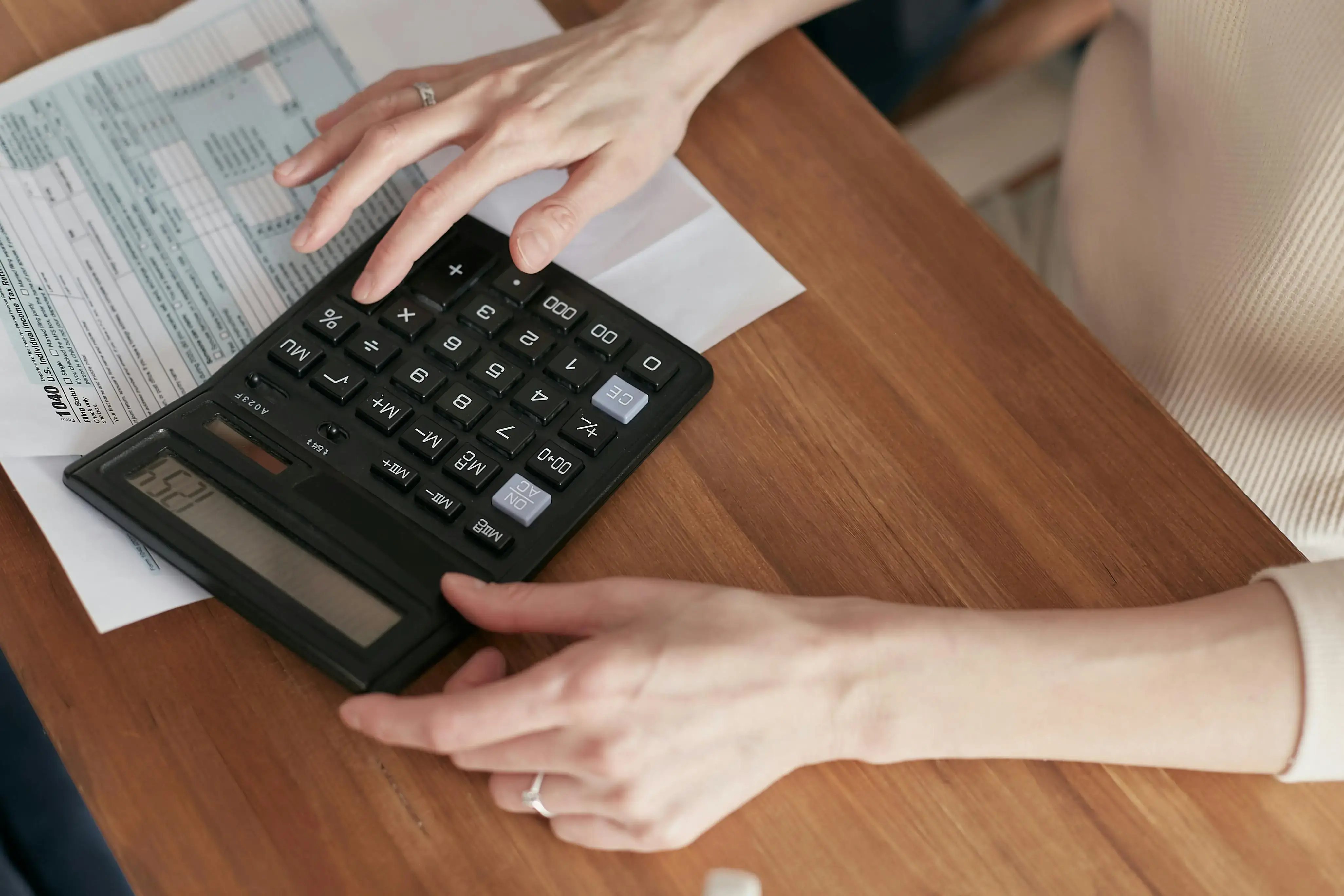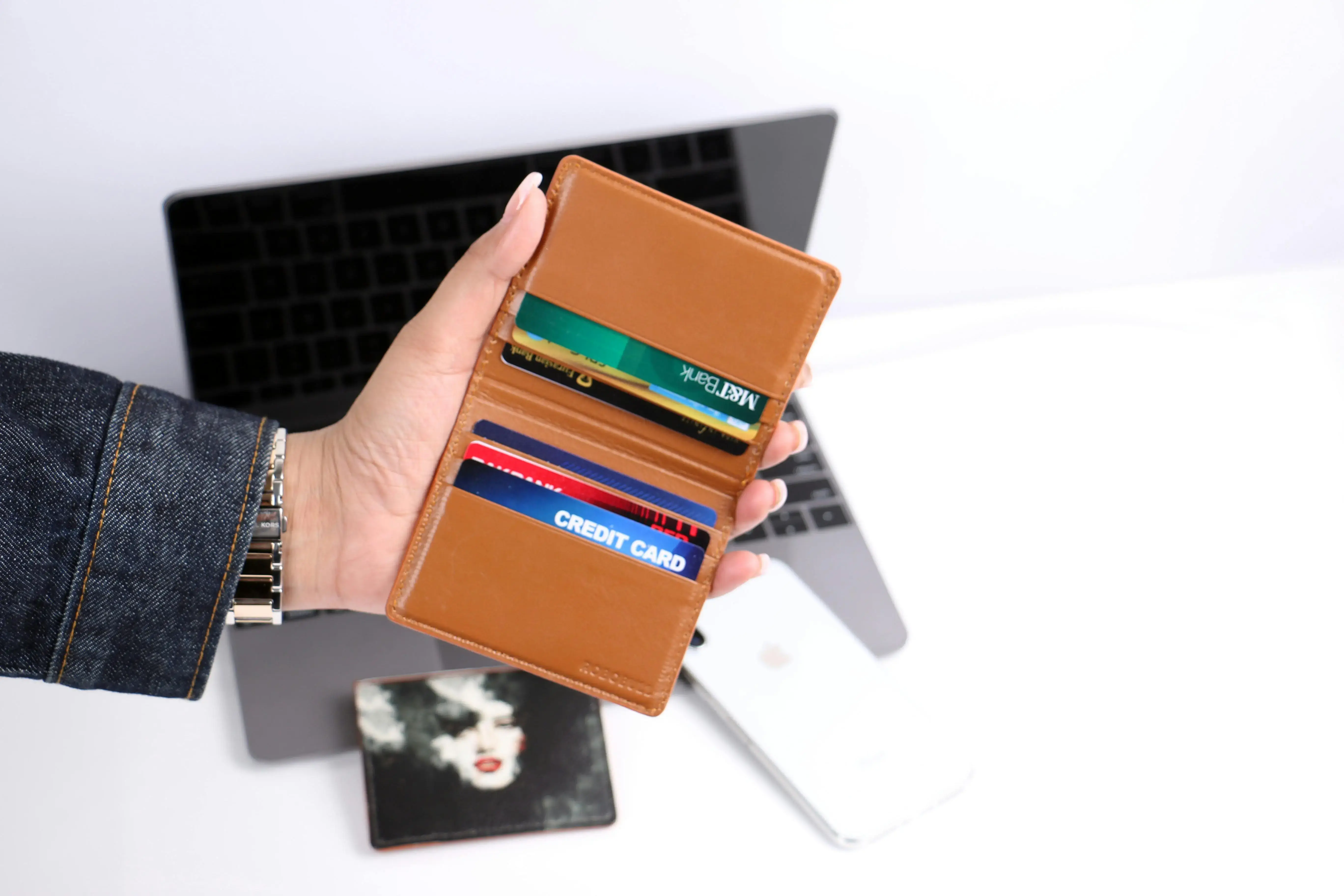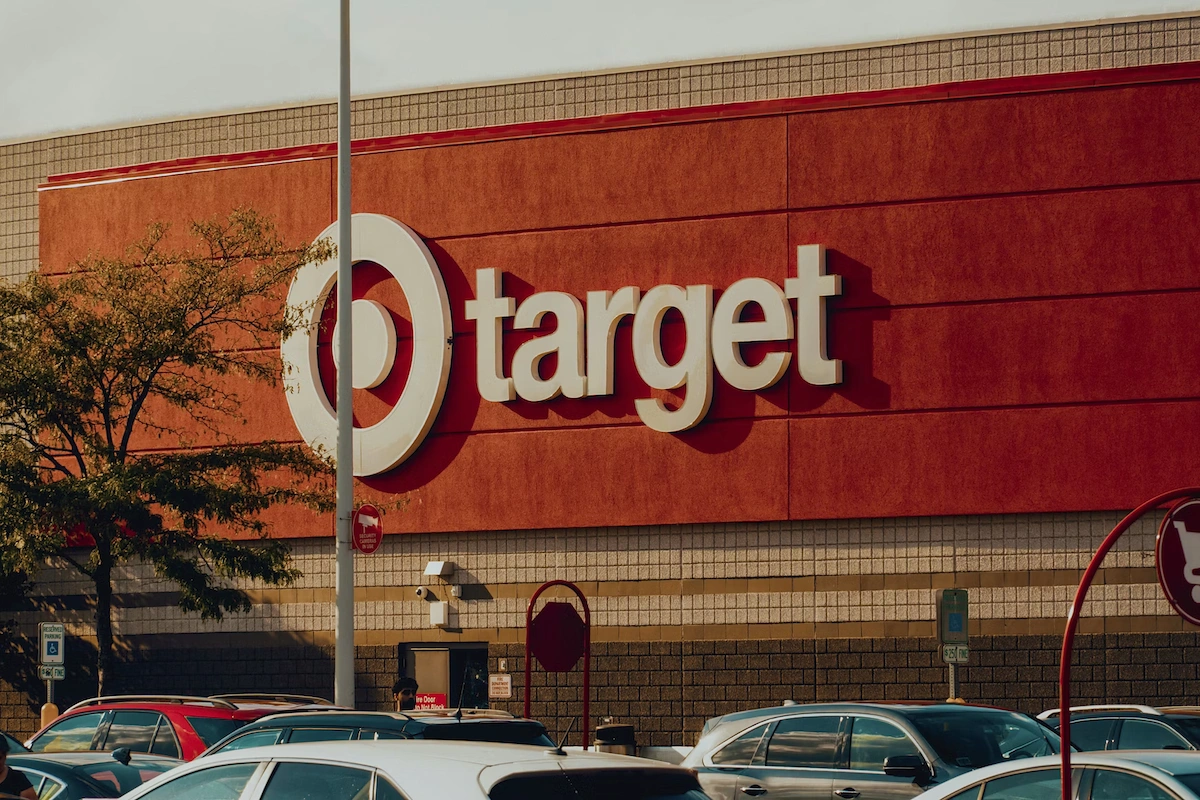
Kudos has partnered with CardRatings and Red Ventures for our coverage of credit card products. Kudos, CardRatings, and Red Ventures may receive a commission from card issuers. Kudos may receive commission from card issuers. Some of the card offers that appear on Kudos are from advertisers and may impact how and where card products appear on the site. Kudos tries to include as many card companies and offers as we are aware of, including offers from issuers that don't pay us, but we may not cover all card companies or all available card offers. You don't have to use our links, but we're grateful when you do!
622 Credit score: What You Need to Know in 2025
July 1, 2025


TL;DR
A 622 credit score places you in the "Fair" credit range, which is a solid foundation for building a stronger financial profile. While not considered a prime score, it's a significant step up from the "Poor" category and puts better financial products within your reach.
What Does a 622 Credit Score Mean?
A credit score of 622 places you in the "fair" range on the FICO scoring model. While not a poor score, it's below the U.S. average. This means you may be approved for some loans and credit cards, but likely not with the best terms. Lenders might offer higher interest rates or require a larger down payment, as your score suggests a moderate level of risk.
Think of a 622 score as a foundation for a stronger financial future. It's a score that can be improved, opening doors to more favorable lending options. A higher score makes it easier to secure loans with lower interest rates, saving you significant money over time. Your current score is not permanent and can be actively managed toward a better outlook.
Who Has a 622 Credit Score?
Generally, credit scores tend to improve with age. According to 2023 data from Experian, the average FICO score increases with each successive generation:
- Generation Z (ages 18-26): 680
- Millennials (ages 27-42): 690
- Generation X (ages 43-58): 709
- Baby Boomers (ages 59-77): 745
- Silent Generation (ages 78+): 760
Credit Cards With a 622 Credit Score
A credit score of 622 places you in the "fair" credit range, which can be a mixed bag when applying for new credit cards. While you'll likely find lenders willing to approve your application, you may not qualify for premium cards with the best rewards or lowest interest rates. Issuers often reserve their most attractive offers for applicants with good to excellent credit, meaning a 622 score could result in higher APRs and lower credit limits.
Kudos offers AI-powered tools that can help you find the right credit card for your specific financial situation and credit score. By analyzing your spending habits or preferences through a quiz, Kudos provides personalized and unbiased recommendations from its Explore Tool, which pulls from a database of nearly 3,000 cards to help you compare the best options for your needs.
Auto Loans and a 622 Credit Score
A 622 credit score places you in the non-prime borrower category, meaning you can likely still get approved for an auto loan. However, you should expect to face higher interest rates than borrowers with better credit, making your loan more expensive over time.
Based on a 2025 auto finance market report, here’s how average interest rates vary across different credit score tiers:
- Super-prime (781-850): 5.25% for new cars and 7.13% for used cars.
- Prime (661-780): 6.87% for new cars and 9.36% for used cars.
- Non-prime (601-660): 9.83% for new cars and 13.92% for used cars.
- Subprime (501-600): 13.18% for new cars and 18.86% for used cars.
- Deep subprime (300-500): 15.77% for new cars and 21.55% for used cars.
Mortgages at a 622 Credit Score
Yes, a 622 credit score can qualify you for several types of home loans. This score is high enough for FHA, VA, and USDA loans. It also meets the typical 620 minimum for a conventional loan, though some lenders may have stricter credit score requirements. Jumbo loans, which are for larger amounts, generally require a score of 700 or higher, placing them out of reach.
While you can get approved, a 622 score will impact your loan terms. You can expect higher interest rates compared to applicants with better credit. For conventional loans with a small down payment, this score will also lead to higher private mortgage insurance (PMI) premiums. Lenders may view you as a higher-risk borrower, resulting in stricter underwriting and a request for more documentation.
What's in a Credit Score?
Figuring out what goes into your credit score can feel like trying to solve a complex puzzle, but it generally boils down to a handful of key elements. The most common factors include:
- Your payment history, which tracks whether you pay your bills on time, is the most significant factor.
- Credit utilization, or the amount of credit you're using compared to your total available credit, also plays a major role.
- The length of your credit history demonstrates your experience with managing credit over time.
- Having a healthy mix of different types of credit, such as credit cards and installment loans, can positively impact your score.
- Finally, recent credit inquiries, which occur when you apply for new credit, are also taken into account.
How to Improve Your 622 Credit Score
Don't let a 622 credit score discourage you; improving your score is an achievable goal with consistent, positive financial habits. By taking a few strategic steps, you can begin to build a stronger credit profile.
- Monitor your credit reports. Regularly checking your reports helps you spot and dispute errors that could be unfairly dragging down your score. This also allows you to track your progress and confirm that your positive actions are being recorded correctly.
- Set up automatic bill payments. Your payment history is the single most important factor in your credit score, so even one late payment can be damaging. Automating payments ensures you never miss a due date, which is a critical step in rebuilding your score from 622.
- Lower your credit utilization ratio. This ratio—the amount of credit you're using compared to your total limits—is a major scoring factor. Paying down balances to get your utilization below 30% shows lenders you can manage debt responsibly and can provide a significant boost to your score.
- Become an authorized user. If you have a trusted friend or family member with a strong credit history, being added to their account can help your score. Their history of on-time payments and low credit utilization can be added to your report, improving your own credit profile.
Using a tool like Kudos can help you maximize rewards and make smarter financial decisions as you work to improve your credit.
Unlock your extra benefits when you become a Kudos member

Turn your online shopping into even more rewards

Join over 400,000 members simplifying their finances

Editorial Disclosure: Opinions expressed here are those of Kudos alone, not those of any bank, credit card issuer, hotel, airline, or other entity. This content has not been reviewed, approved or otherwise endorsed by any of the entities included within the post.



































.webp)



.webp)



.webp)

